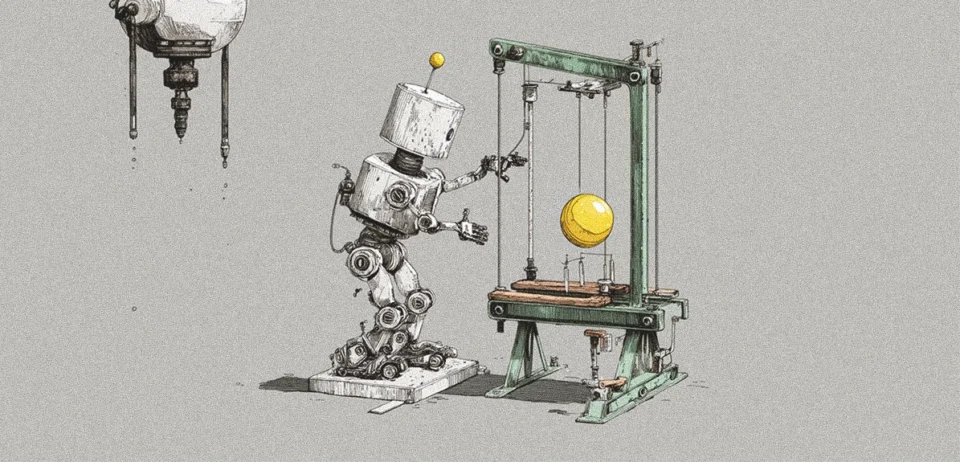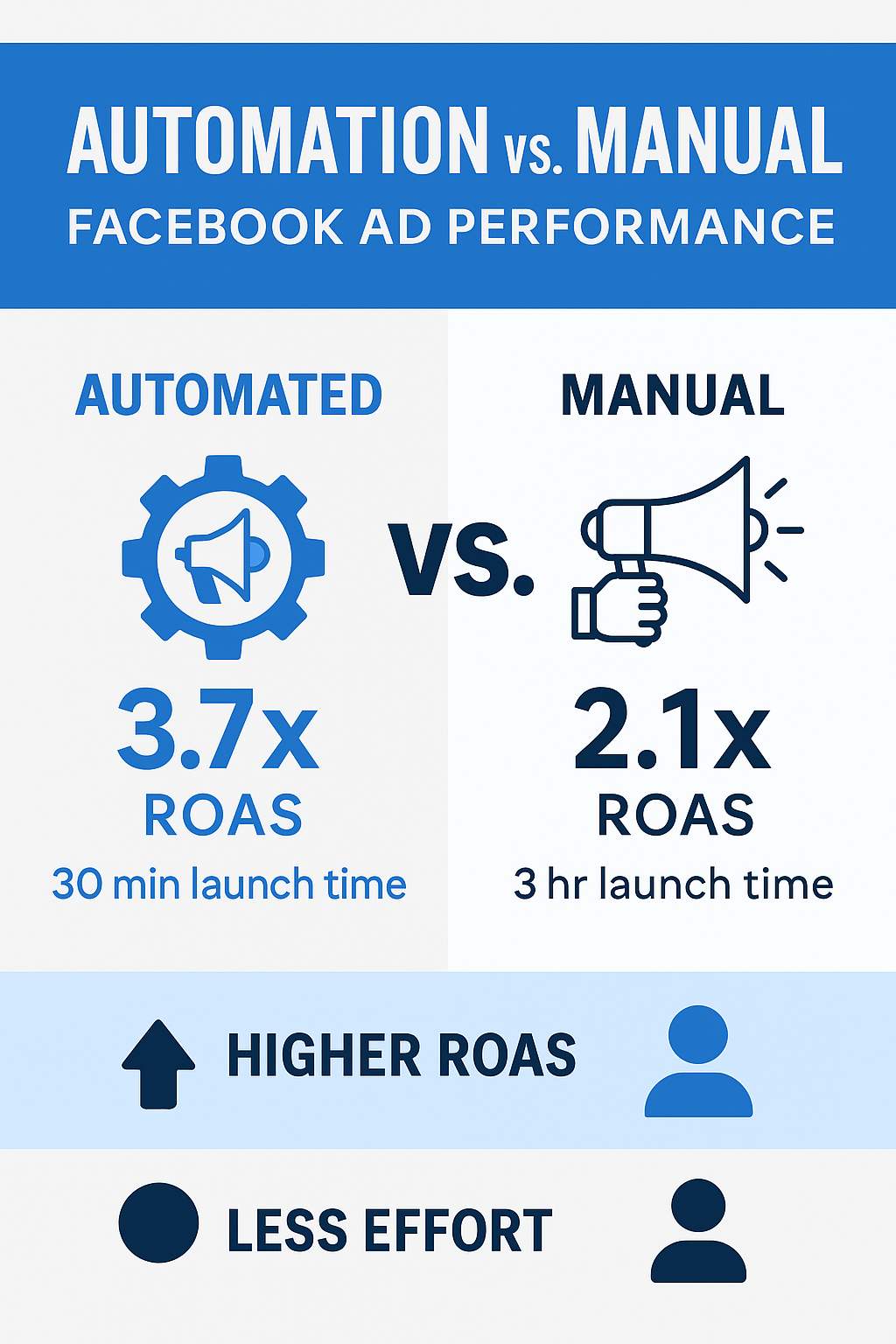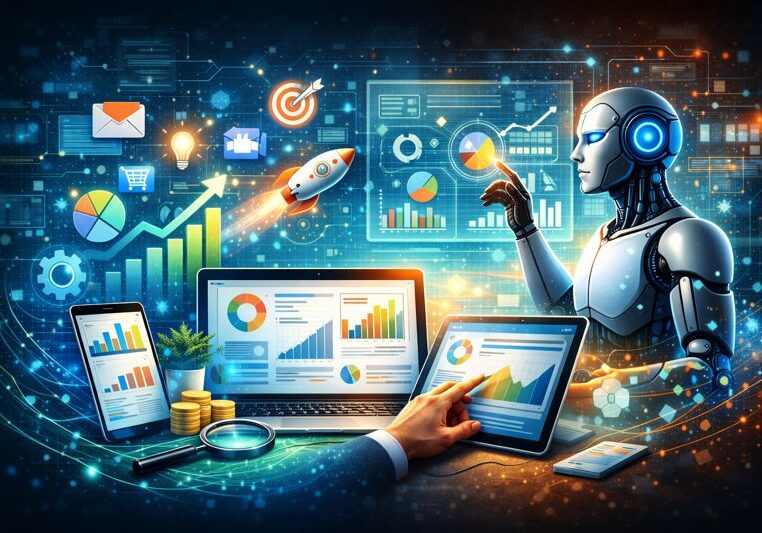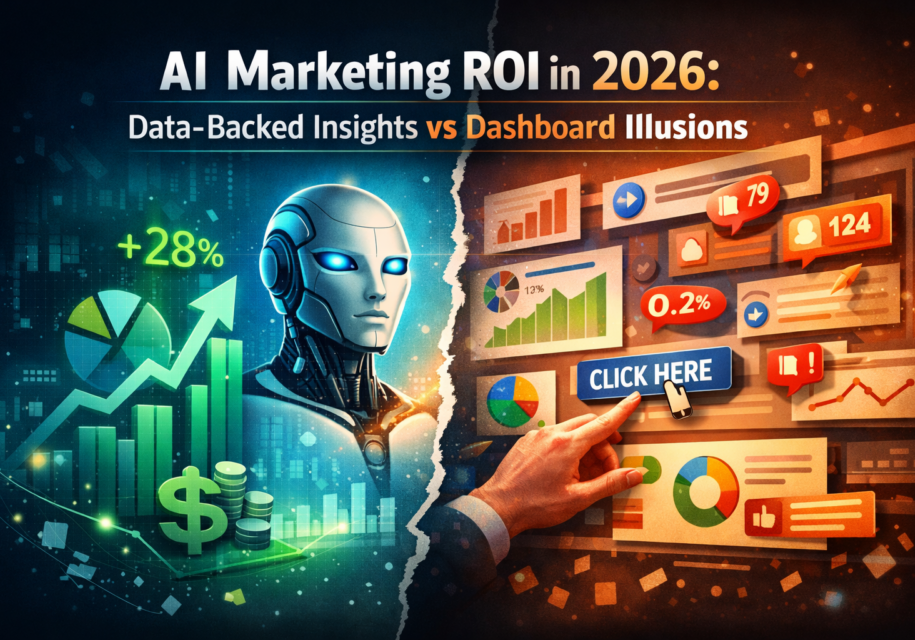
Meta’s Big AI Leap: Is Facebook Ad Automation the Future of Marketing?
Until recently, running a Facebook ad automation campaign felt like manually flying a plane: flipping dozens of switches, adjusting dials, and hoping you’d get to your destination. Now? Meta wants you to sit back and let the AI fly the plane.
With each update, the platform is getting closer and closer to a bold new reality of fully automated advertising. It seems impossible, yes, but it’s true—AI is doing the part of the job that humans used to be responsible for, including ad copy, targeting, and budget distribution.
The real question isn’t whether Facebook ad automation works — it’s whether we’re prepared for a future where creative control, campaign decisions, and optimization are no longer in our hands, but in the hands of the algorithm.
From manual to machine: How Meta’s ad game has changed
Facebook Ads have been an immersive experience for years, with a combination of laboratory science and a bit of guesswork. Marketer A/B tested copy for hours on end, specified and specified on audience segments, independently adjusted budgets, and continually refreshed the ad manager to measure performance. It was a grind, but at least you had control.
- Write multiple ad copies.
- Test creatives across different audiences
- Manually adjust budgets
- Monitor performance by the hour
Next it rolled out Advantage+ Shopping Campaigns, AI-powered creative tools, and automated audience expansion. The message from Meta is simple: the more you trust our AI, the better your results will be.
Today, marketers can literally upload a product catalogue and objective, and let Meta’s AI take it from there, including generating creatives, exact targeting, and optimized delivery.
Welcome to the age of the “no-toggle” marketer.
What’s driving Meta’s automation ambitions?
Meta isn’t simply pursuing automation by revolutionizing user experience; it’s being strategic about it. A convergence of powerful technological shifts, competitive market pressure, and changing user behavior enables the changes. Three things:
1. The death of third-party cookies
With privacy tightening, targeting is harder than ever. Meta’s AI uses first-party signals—everything you do on Instagram, Facebook, and WhatsApp—to build a more resilient ad ecosystem. AI can make sense of those patterns better than any human.
2. Advertiser fatigue
Small and medium businesses don’t have full ad teams. Meta’s automation lowers the barrier to entry. You no longer need to be a media buyer to run a decent campaign. The AI does heavy lifting.
Subscribe to our bi-weekly newsletter
Get the latest trends, insights, and strategies delivered straight to your inbox.
3. Performance pressure
Meta needs to prove it can deliver ROI even without granular targeting. Full automation promises better outcomes, thanks to machine learning models trained on trillions of data points.
What does Facebook ad automation look like now?
If you haven’t popped the hood in a bit, here’s an updated rundown of what is totally automated today:
- Advantage+ Campaigns: Artificial Intelligence picks the creatives, placements, and audiences.
- Dynamic Creative Optimization: Upload multiple text and images and the artificial intelligence will mix and match and test it for you.
- Auto Budget Allocation: Facebook will move dollars in real time based on ad-set performance.
- AI Text and Image Recommendations: Meta’s generative AI can write headlines, call-to-actions (CTAs), and product descriptions now.
These tools aren’t just enhancing the campaign but building it. Think of them as your intern, copy writer, media planner, and analyst wrapped into one machine.
The good, the great, and the “wait, what?”
Like any major tech leap, Meta’s ad automation brings real advantages—but it’s not without trade-offs. The wins are exciting, but the risks deserve a closer look.
The Wins
- Speed aspect: Preparation time for campaigns is substantially less.
- Scale aspect: AI can test more variables than a human can in hours.
- Performance aspect: Early evidence shows better ROAS for brands that use some automation.
The Trade-offs
- Loss of Control: Want to test a specific audience or creative angle? Forget it—Meta could override you.
- Opaque Reporting: (You receive a lack of insights as to why something worked.) The Blackbox gets even blacker.
- Brand Risk: AI-generated creative can always miss the tone, or—worse—the context.
Case in point: Fashion brand X
A mid-sized D2C fashion company executed two ad campaigns on Facebook—one manual and one using Meta’s Advantage+ and AI capabilities, and the results speak for themselves: the manual campaign delivered 2.1× return on ad spend versus automated at 3.7×, and the time to launch the automated version was 30 minutes vs 3 hours.

American Eagle has embraced the Meta Advantage+ AI platform, putting over a third of its ad spend into these automated campaigns. A report recently revealed that the company saw a 48% increase in ROAS among its 18-24-year-old audience, with a big part of this driven by online as well as in-store conversions.
At the same time, the Swiss sneaker company On has A/B tested Meta Advantage+ catalog ads and saw a 41% improvement in return on ad spend versus their legacy campaigns.
So… Are marketers out of jobs?
Not quite—marketers are not out of a job. Automation only takes on repetitive, tactical jobs. But those strategic jobs? That’s a human thing. You are the one who sets the objectives, creates the brand voice, and makes sure that the AI remains on mission.
Your role is moving from doing everything to directing everything. You should think of yourself as less of a button-pusher and more of a creative director, guiding the system, not controlling it.
The catch: Trust, but verify
Meta’s automation promises efficiency. But blind faith can backfire. Here’s how to play it smart:
- Start Small: Test Advantage+ on low-stakes campaigns first.
- Feed It Well: Use high-quality, creative, and clear conversion signals.
- Keep Monitoring: Even if you can’t control the variables, track performance closely.
- Layer in Human Touch: Mix automated and manual campaigns to maintain insight and agility.
- And remember, you can still pause, pivot, and override when necessary. AI doesn’t mean autopilot—it just means better copiloting.
The future is (almost) fully automated
Meta’s major breakthrough in the AI space is only the first step. Very soon, you’ll be able to start ad campaigns by just verbally describing your product.
By using conversational AI ad builders and voice commands, even a quick voice memo can enable a fully designed ad set with zero configuration. A new age of hyper-personalized creative using AI is on the horizon, with videos dynamically generated per user type, with changes in visuals, copy, and tone made in real time. And, with cross-platform integrations, a command could run your campaigns to Meta, TikTok, Google, and more.
This is not just automation; it’s a fundamental shift in mindset. Meta envisions marketers stop turning knobs and pulling dials to focus on creativity, strategy, and scale impact.
Cut to the chase
Meta’s automation tools are here to stay—and they’re getting better by the day. But at the heart of marketing are people. There’s no AI that can feel cultural shifts, spot trends, or defend a brand’s emotional edge. So, utilize the tools. Automate the grind. Use AI to manage the ‘what’ and ‘how.’ But don’t forget to ask why.


